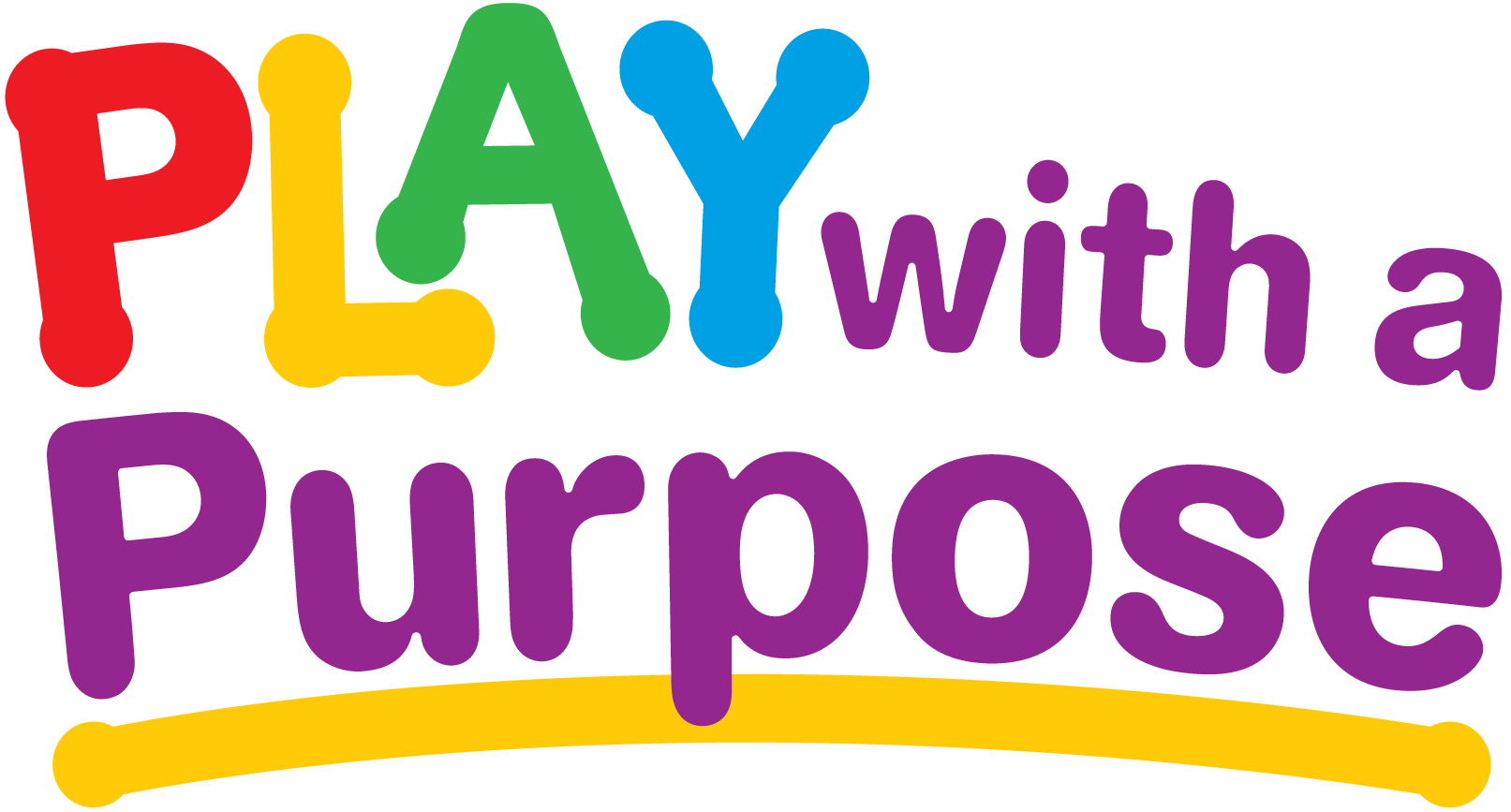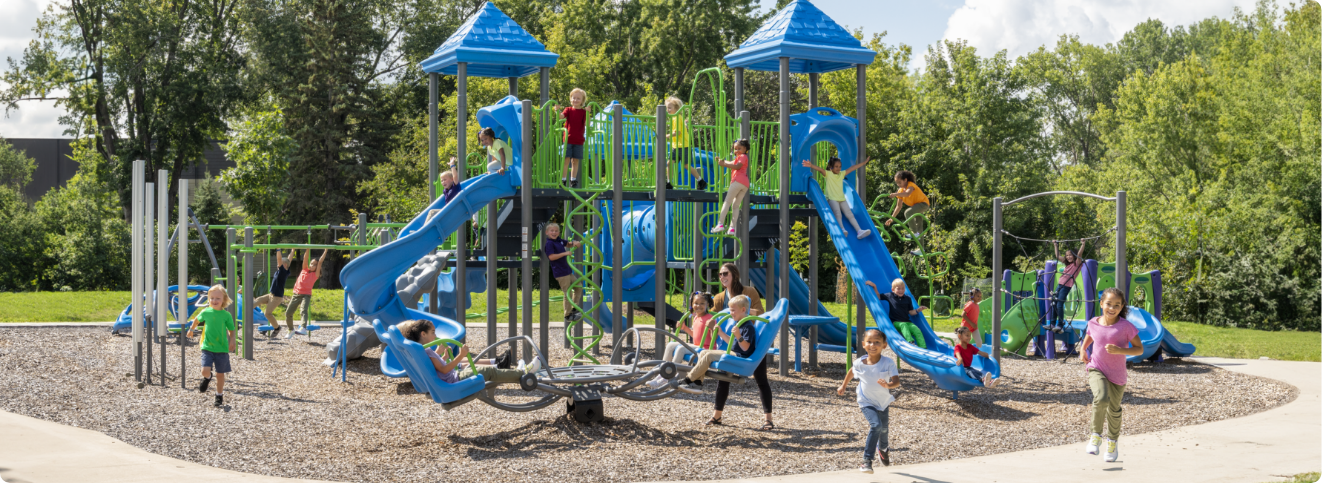

Key Considerations When Planning a Playground
As you begin planning your playground, there are multiple factors to consider. Use this guide to help navigate your options and select the ones that best meet your needs. Topics include:
Use Zones and Fall Heights


A use zone is defined by the Consumer Product Safety Commission (CPSC) as the surface and area around a piece of equipment in which a child falling or exiting from the equipment would be expected to land. The space is designed to offer safety for the child if they fall or are exiting a piece of equipment and ensure no other equipment is in the way.
Plan for enough space for your equipment and cover the ground with the appropriate safety surfacing, keeping in mind that the surfacing and this area should always be clear of trikes and other toys that may injure a falling child. For easy planning, Play with a Purpose lists the use zone dimensions on all applicable products and provides a diagram in our catalog like the example to the right.
A fall height is defined by the CPSC as the vertical distance between the highest designated play surface on a piece of equipment and the protective surface beneath it. The fall height is also used to determine the amount of safety surfacing you need to prevent a life-threatening injury from a fall on the play space. For easy planning, Play with a Purpose lists the fall height on all applicable products in the spec charts.
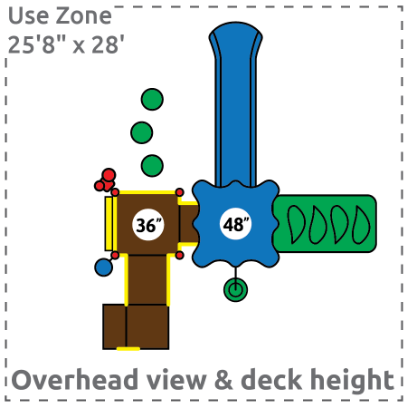

Loose Fill Requirements


Learn more about calculating the amount of engineered wood fibers or mulch below. All surface types can be installed through Play with a Purpose.
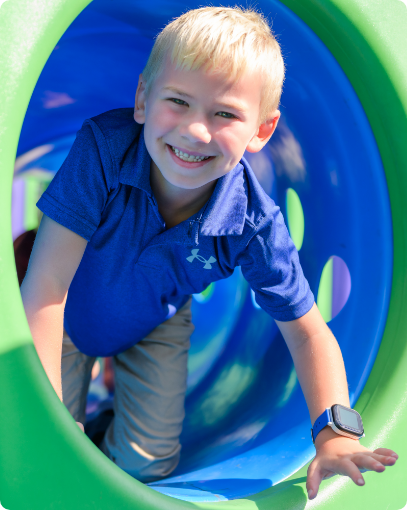

Engineered Wood Fibers
It is suggested that you have a minimum of 9”-12” of depth for your playground. Under normal wear and weather conditions, wood fibers will settle about 3”.
To calculate how much you need to purchase, follow the formula below:
- Multiply the dimensions of your use zone or the area you need to cover with the material. Make sure to include the depth of your material that you would like (.25 = 3”; .5 =6”; .75 = 9”; 1 =12”).
- Divide this number by 27 (number of feet in a cubic yard).
- Your result will be the number of cubic yards you need for the wood fibers.
Example: Use Zone is 22’ x 30’ and the depth of mulch is 12”.
22’ x 30’ x 1’ = 660’
660’/27 = 24.4
Cubic Yards Needed: 24.4 yards of Engineered Wood Fibers
*We recommend rounding your number up! The fibers will compact down so having a bit more is okay. Any extra can be used in high impact areas such as areas with slides or swings.
Rubber Mulch
Because rubber mulch does not compact like Engineered Wood Fibers, it is calculated using the fall height of the equipment in the area. If you are putting rubber mulch in the entire play area, base your depth off the piece of equipment with the highest fall height.
To calculate how much you need to purchase, follow the formula below:
- Multiply the dimensions of your use zone or the area you need to cover with the material. This will give you your total square feet.
- Decide on your depth of surfacing needed for your equipment.
- Divide your total square footage by either corresponding bag amount or bulk amount for the needed fall height.
- Your result will tell you how much mulch you need to order.
Example: Use zone is 18’ x 25’ and the max fall height for my equipment is 5’. According to the chart below, the depth of surfacing should be 4”, so the square feet per bag is 6 or the square feet per bulk is 300. 18’ x 25’ = 450 sq ft.
- If calculating bags, take 450 sq ft/6 = 75 bags of mulch.
- If calculating using bulk, take 450 sq ft/300 = 1.5 bulk.
- Bulk only ships in full quantities, so 2 bulk would need to be ordered. Or, you could order 1 bulk and 25 bags.
*We recommend rounding up your order slightly to account for extra mulch in high-impact areas such as areas with slides or swings.


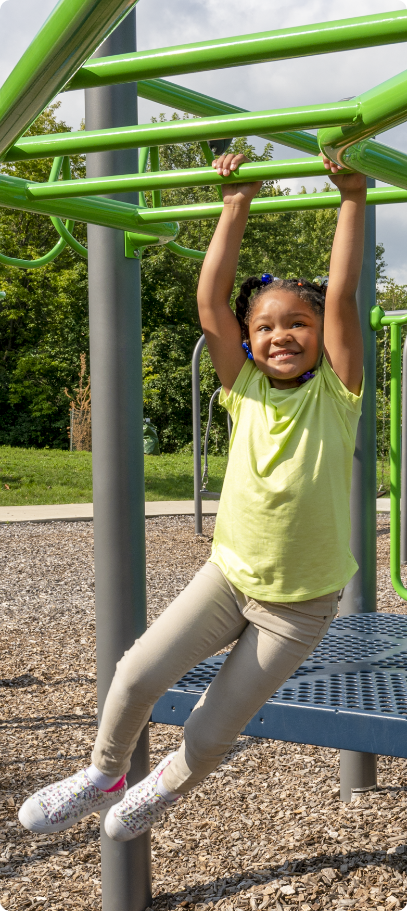

Swings


Swings are a great addition to any playground, but can require a lot of space. Learn more about the different swing options below!
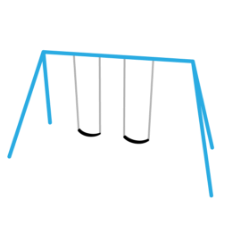

Bi-Pod Swing
Use Zone: Medium
Benefit: Most commonly selected
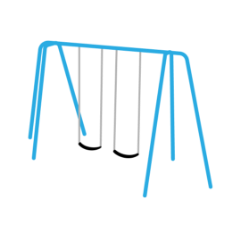

Tri-Pod Swing
Use Zone: Large
Benefit: Less flex side to side
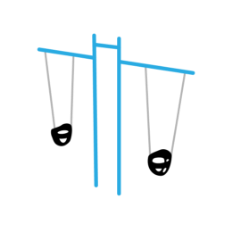

T-Swing
Use Zone: Small
Benefit: Most compact swing
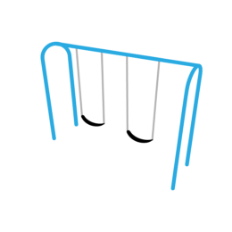

Arch Swing
Use Zone: Medium
Benefit: Modern design
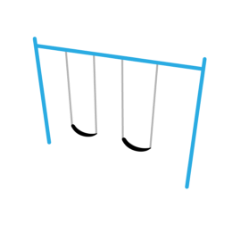

Single-Post Swing
Use Zone: Medium
Benefit: Easiest to add additional swing bays
Swing sets are available in varying heights. Choose a height of 8’ or less for young children and 9’ or higher for older children. Our expert team can help you determine which swing set is best for your playground.
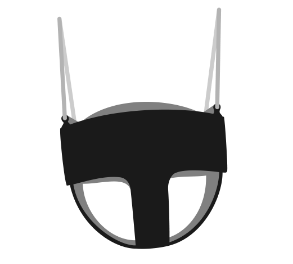

Infant Seat
Ages 6 mos. to 18 mos. (50lbs max)
Helps a child stay in their seat while
providing back support
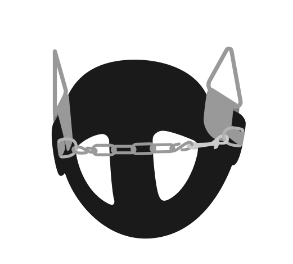

Toddler Seat
Ages 18 mos. to 3 yrs (80 lbs max)
Front chain helps children
learn to pump their feet
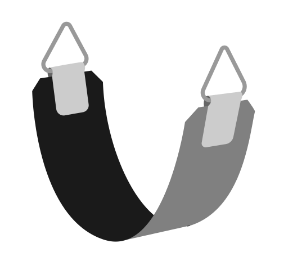

Belt Seat
Ages 3 yrs and older
Offer the most freedom and movement
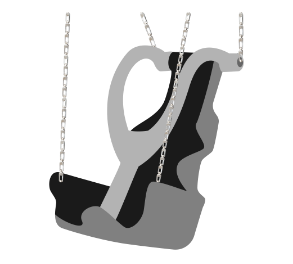

ADA Seat
Ages 2 yrs and older
Provides a safe swing for all abilities
Installation Type


You have options when it comes to installing your playground equipment. Each installation type also has requirements for safety surfacing under and/or above the play area. Learn more about your options below!
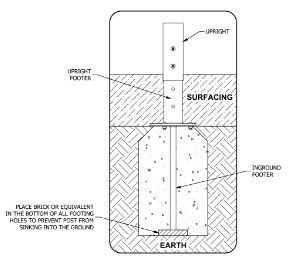

In-Ground
Concrete footers are poured, and metal poles are installed into the ground for the playground. This is the best choice for permanence and durability, especially in colder climates where freezing and thawing often cause the ground to shift. This type of mount can be used on any surface.
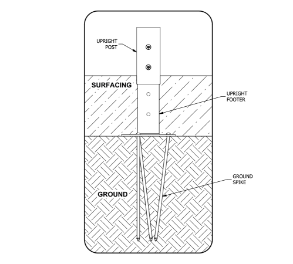

On-Ground/Spike Mount
Ground spikes are inserted into the footers and help secure the playground to the ground. This option can be used on grass, dirt, or gravel.
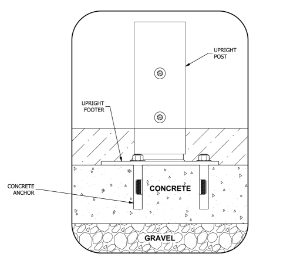

Surface/Anchor Mount
Uses bolts to secure the playground onto a concrete surface. This option can only be used on a concrete slab.
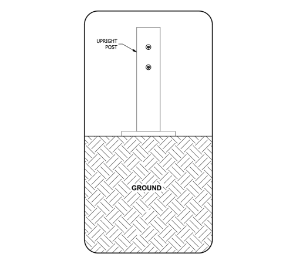

Free Standing
The playground can sit freely on the ground and does not need any form of installation.
*Always remember, with any installation type you must also have the proper safety surfacing under/in your play area. If you have a specific need, please let our team know and we will make sure to custom order the correct install mounting kits for your area.
Playground Ages


Because children at different stages of development have different needs, it is very important to make sure the playground you select is appropriate for the age group that will be using the equipment.
- 6 - 23 Months: Refers to playgrounds designed for toddlers
- 2 - 5 Years: Refers to playgrounds designed for preschool children
- 5 - 12 Years: Refers to playgrounds designed for school-age children
- 2 - 12 Years: Overlap between pre-school and school age. These playgrounds are great for schools with multiple ages and is allowed if the playground is used at different times for these age groups.


Compliance


It is important that your playground space be compliant. The following resources provide additional information about playground compliance.
